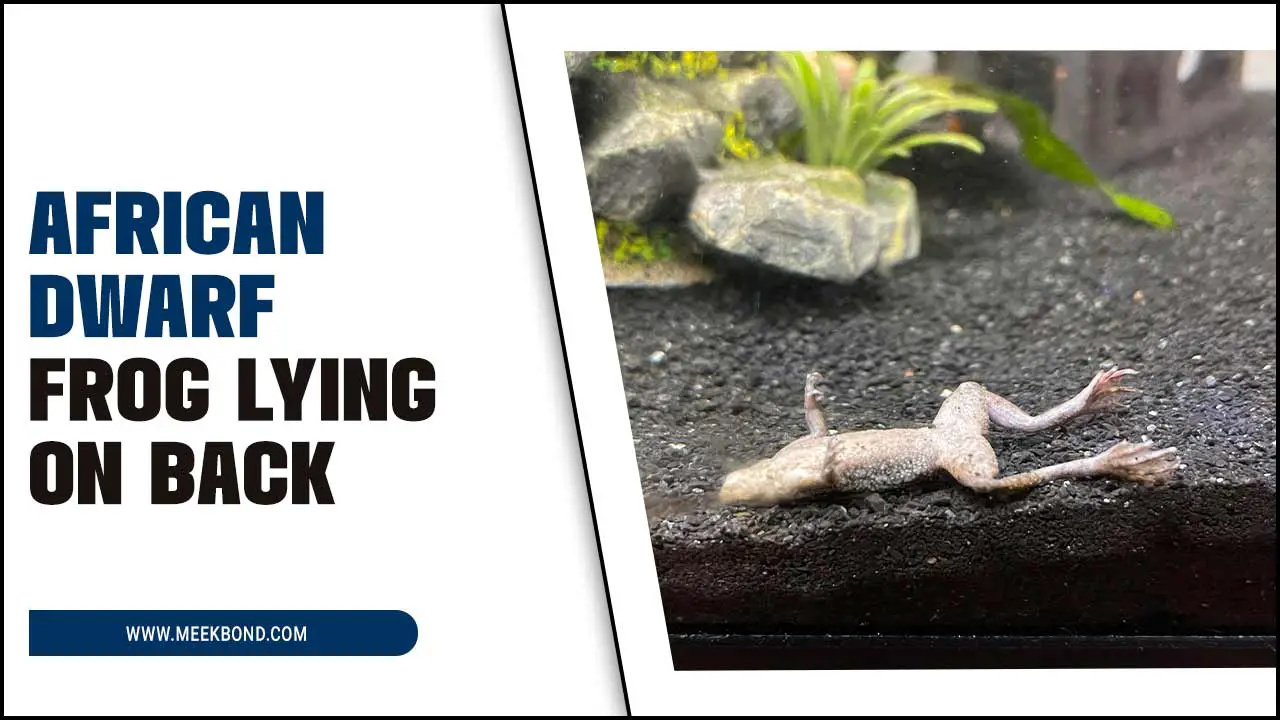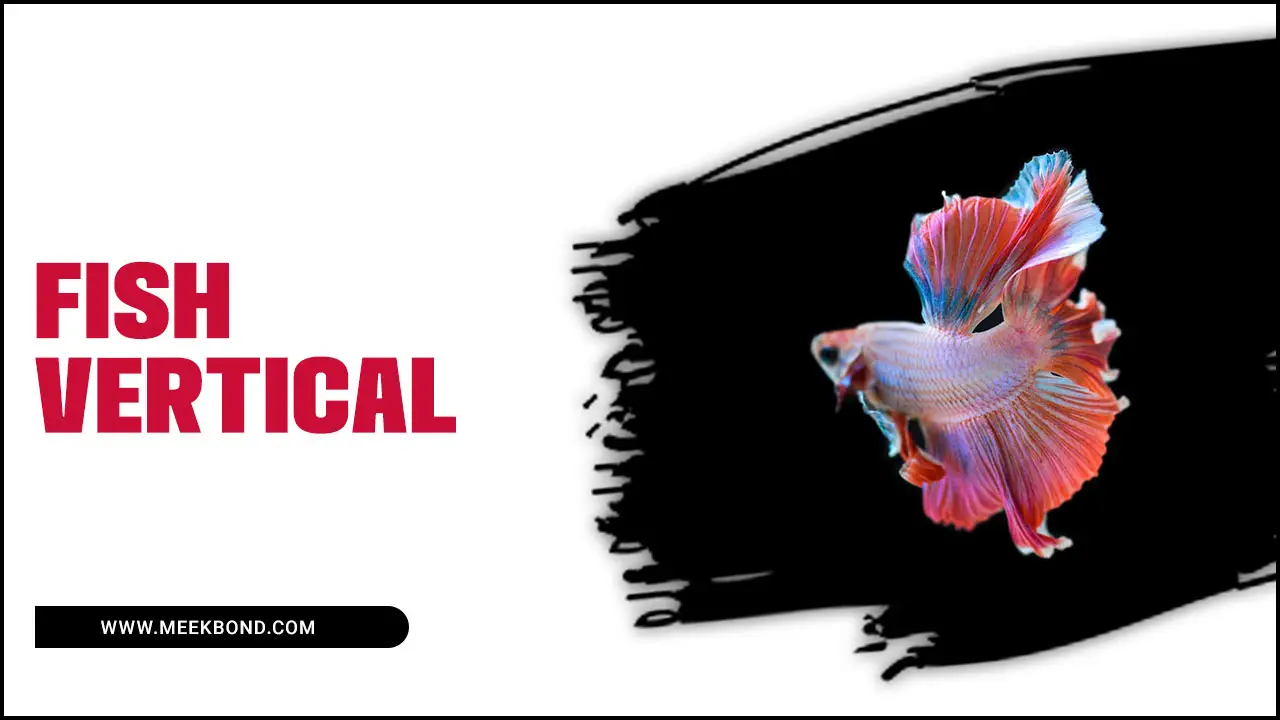Betta fish, also known as Siamese fighting fish, is a popular choice for pets who want cute and low-maintenance aquatic companions. These small, brightly coloured fish are native to Thailand and Cambodia, where they live in shallow water, such as rice paddies and stagnant ponds.
Betta fish are known for their aggressive behaviour towards other fish of the same species, so they are often kept alone in small aquariums or bowls. However, with proper care and attention, Betta fish can live up to three years and make attractive pets.
Are you interested in betta fish breeding? Breeding Betta fish can be a rewarding experience, but it requires a lot of preparation and care to do it successfully. We will provide expert advice on how to breed Betta fish successfully.
We will cover important aspects of breeding, such as setting up a breeding tank, choosing your breeding pair, and separating Betta fish after breeding and maintenance. With our expert tips and tricks, you’ll be able to breed healthy and vibrant Betta fish in no time.

How To Breed Betta Fish Successfully

Breed Betta Fish is a popular hobby for many aquarium enthusiasts. These fish are known for their vibrant colors, unique personalities, and low-maintenance care requirements. Breeding betta fish can be a rewarding experience, as it allows you to observe the fascinating process of creating new life and can result in beautiful offspring with unique color patterns.
Additionally, breeding betta fish can help preserve the species. Some varieties are becoming rarer in the wild due to habitat destruction and overfishing. Whether you are an experienced breeder or just starting out, betta fish are a great addition. It can provide endless enjoyment and fascination. Here are some tips on how to breed betta fish successfully. Scroll down to get into details.
1. Breeding Tank Setup

When setting up a breeding environment for your betta fish, paying close attention to the quality of water, temperature, and lighting in the aquarium is crucial. The ideal breeding tank should be at least ten gallons in size and have an aquarium heater to maintain a consistent water temperature.
Good quality water facilitates the successful spawning and hatching of eggs. A sponge filter can also help keep the water clean while providing sufficient oxygen for your bettas’ offspring.
Adding live plants such as almond leaves or moss balls provides hiding places for your betta fry after hatching. You should also condition your male and female betta by feeding them with high-quality food before introducing them to the breeding tank. Doing so increases their appetite while keeping them healthy throughout the mating process.
2. Choosing Your Breeding Pair
Selecting a breeding pair for your betta fish involves many crucial factors to ensure successful breeding. Choosing healthy and active fish at least six months old with no signs of aggression or fin damage is important.
Additionally, picking a male and female with complementary colors and fin types can improve their chances of mating successfully. Avoid inbreeding by considering the genetic history of each fish and maintaining genetic diversity within your betta fish population.
3. Conditioning Your Betta Fish

To prepare your betta fish for successful breeding, conditioning is crucial. Providing your fish with a nutritious diet containing high-protein foods such as bloodworms, brine shrimp, and daphnia will enhance their health and vitality. It’s important to watch their behavior during this process and adjust their diet accordingly.
Conditioning increases the chances of successful breeding and improves the health of the offspring. By taking care of the conditioning process, your bettas will be more likely to hatch healthy fry with alluring fins that will impress even the most experienced breeder.
4. Creating The Breeding Environment
Creating an ideal breeding environment is essential to successfully breed your betta fish hatch with strong fry. Start by preparing a large enough aquarium or breeding tank that meets the needs of your adult bettas.
Use decorations such as live plants that offer hiding places for female bettas during mating. Keep the temperature at about 80 degrees Fahrenheit, or use an adjustable heater if necessary.
Include a sponge filter and an air pump to ensure good water quality; add almond leaves or moss as substrate. Condition both male and female bettas with protein-rich food like bloodworms, brine shrimp or daphnia from reputable breeders before introducing them into the breeding tank.
5. Introducing Your Breeding Pair
Preparing a suitable environment for your breeding pair is vital to breed betta fish successfully. Before introducing them into the breeding tank decorated with live plants and hiding places for the female betta during mating, ensure they are in good health and condition with high protein foods like brine shrimp or daphnia.
Start by introducing the male betta fish into the aquarium so he can establish his territory before adding in the female one later. Watch them closely during mating and take out any injured ones immediately. Once successfully mated, the free-swimming fry will appear after a few days, and you need to feed live food such as baby brine shrimp or worms.
6. The Breeding Process
Selecting a healthy breeding pair is crucial for successful breeding when breeding Betta fish. Choosing a male and female Betta with different color patterns and physical features is important. The male will prepare for mating by building a bubble nest using bubbles created from his saliva.
Once the nest is ready, the female Betta will deposit her eggs for fertilization. Afterwards, the male will guard the nest to protect the eggs from danger until they hatch. Breeding Betta fish requires patience and dedication but can be a rewarding experience for any breeder.
7. Separating The Female Betta Fish

Separating female betta fish is essential to successfully breeding these beautiful creatures. To ensure a successful process, you must remove the female from her mate and place her in a separate container with ample hiding places and suitable water conditions.
Once you have done this, introduce the male betta to trigger the mating process. After breeding, it is vital that you remove the eggs from the aquarium and place them in a separate container for hatching.
Following these steps and providing your bettas with optimal water quality, nutrition, substrate and decorations like live plants or almond leaves; will increase their appetite and improve their chances of producing healthy offspring.
8. Maintaining The Breeding Tank

To successfully breed betta fish, it’s essential to maintain a clean and properly heated breeding tank with hiding places like plants or caves for the female betta to rest in. Feeding them high-quality food and monitoring their behavior for signs of aggression or illness is important.
Removing any infertile or fungus-covered eggs from the tank will prevent the contamination of healthy eggs. To keep the water at a consistent temperature of around 80°F, use an aquarium heater. Betta fish sometimes become aggressive; thus, providing hiding places is crucial.
Feeding live food like brine shrimp is a good idea as it increases their appetite. Adding almond leaf extract can help improve water quality by adding tannins.
Betta Fish Conditioning & Offsprings

To successfully breed betta fish, it’s crucial to condition them before mating. Conditioning involves providing the fish with a steady diet of live foods like daphnia, brine shrimp, or bloodworms over several weeks while monitoring water quality and temperature.
Gradually increasing protein-rich foods helps prepare the fish for breeding in a healthy environment. As a breeder, it’s important to closely observe your bettas for signs of vertical stripes, appetite changes, and other behaviors indicating readiness to mate.
Betta fry requires special care once hatched, including almond leaf and sponge filter decorations in their tank and separation from adult bettas after roughly two to three days.
Why You Need To Condition Your Betta Fish
Conditioning plays a vital role in successful betta fish breeding. Optimal nutrition and environmental conditions can improve the health and fertility of male and female bettas while increasing the chances of successful mating.
Gradually increase the quantity of protein-rich food over several weeks while monitoring water quality and temperature during conditioning. A suitable breeding environment with appropriate lighting, substrate, and hiding places like live plants or decorations can also play a significant role in conditioning.
Following these steps before introducing your breeding pair of bettas will ensure healthier offspring and higher success rates.
What To Feed Your Betta Fish For Conditioning

To prepare your betta fish for mating and ensure successful breeding outcomes, it’s essential to condition them by providing a protein-rich diet. Incorporating live or frozen foods such as brine shrimp, daphnia, and bloodworms into their diet is a good idea since they are excellent protein sources.
As you feed your fish during the conditioning process leading up to the mating season and spawning time, keep an eye on their appetite levels to ensure they’re not overfed since excess food can cause health problems that may jeopardize successful breeding. Monitoring water quality and temperature is also important for maintaining optimal breeding conditions.
Conclusion
Breeding Betta fish can be an enjoyable experience if done correctly. It is important to remember that breeding Betta fish requires a lot of patience, time, and effort. Although breeding Betta fish may seem like a daunting task, it is actually quite manageable with the right knowledge and preparation.
Following the steps indicated, you can successfully breed Betta fish and enjoy watching them grow and develop. If you want to learn more about breeding betta fish, don’t hesitate to check out other resources on the subject.
Also, you must ensure that your betta fish is well-fed and conditioned for breeding. We discussed how to breed Betta fish successfully and keep them healthy. We hope you have learned now.
Frequently Asked Questions
Can I Put A Male And Female Betta Together?
Betta fish should only be paired for breeding, as they can exhibit aggressive behavior towards each other, territorial males. A separate breeding tank is necessary; thorough research and preparation are essential before breeding bettas.
How Long Does It Take To Breed Bettas?
Breeding bettas can take a varying amount of time, from days to weeks. The mating process is quick, but hatching can take up to 48 hours. Raising the fry until maturity may require months of care and feeding. Successful breeding depends on patience and close attention to the process.
How Do I Get My Betta Fish To Breed?
Creating a proper breeding environment is crucial for betta fish. Introduce the male and female in a clean tank with hiding places for the female. Once eggs are laid, remove the female to prevent aggression. Ensure appropriate water temperature and pH levels are maintained throughout the process.
Which Food Will Make My Betta Strong?
To keep your Betta fish healthy and strong, feed them protein-rich foods like pellets, freeze-dried or frozen foods, and live foods such as bloodworms, brine shrimp, and daphnia. However, be cautious not to overfeed as it can cause health issues.
What Type Of Betta Do I Have?
Identifying your betta fish requires attention to details like tail shape, color patterns, and fin size. Many types of bettas exist, including Veil Tail, Crowntail, Halfmoon, and Plakat. Seek guidance from a breeder or fish expert if needed.

Aquarium passion is all about connecting with the aquatic life and providing education to the public on the importance of these creatures. We showcase a wide variety of marine life through our exhibits as well as working with schools to provide unique learning opportunities for students of all ages.









